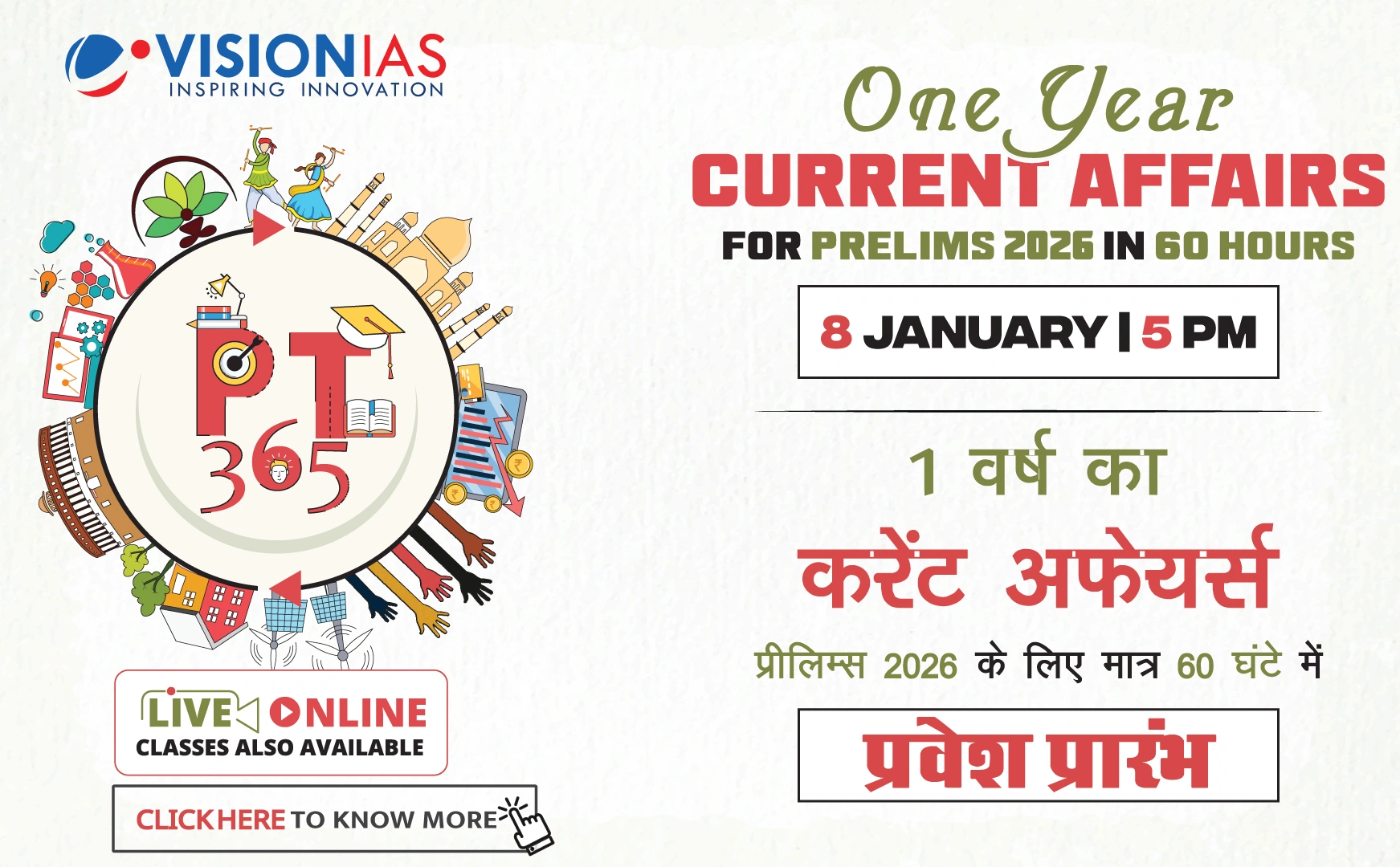India's Trade Policy and Economic Engagement
The Union budget, although not primarily meant for trade announcements, serves as a platform for India's engagement with the global economy. It often includes measures aimed at reducing trade deficits, managing currency depreciation, and boosting exports. However, the necessity of periodic policy changes in the budget is debated, as continuity might better serve external economic objectives.
Customs Duty and Integration into Global Value Chains (GVCs)
- India's relatively high tariff rates hinder deeper integration into Global Value Chains (GVCs).
- Customs duties have shifted from being a major tax revenue source to serving policy objectives, such as protectionism.
- The U.S.-China trade tensions highlight the global impact of tariffs, with the U.S. President's preferences for tariffs as a tool for domestic manufacturing.
- Frequent changes in customs duties, exemplified by the inconsistent tariffs on mobile phone components, demonstrate the instability in trade policy.
Policy inconsistency negatively affects exports and Foreign Direct Investment (FDI), with India's export growth stagnating and maintaining a low global export share.
Trade Policy Reform and Global Trade Agreements
- There's a need for comprehensive trade policy reform and a dedicated committee to ensure policy consistency.
- A target of $2 trillion in exports by 2030 has been set, requiring strategic action.
- India's ambivalence towards major trade agreements like CPTPP and RCEP requires re-evaluation, given their role in shaping global trade.
- Existing political discourse on trade agreements is often not data-driven but influenced by protectionist and nationalistic sentiments like "Make in India."
Trade Deficit and Free Trade Agreements (FTAs)
- India's trade deficit is largely due to intermediate goods imports, which account for 70-80% under FTAs with ASEAN and over 90% with the UAE and Australia.
- Despite concerns, India maintains a surplus in finished goods with many FTA partners, including ASEAN countries.
- India's finished goods exports have increased post-FTA, countering some trade deficit concerns.
- Export growth with ASEAN members from $5 billion in 2003 to over $40 billion in 2022-23 highlights the positive impact of FTAs.
Comparative Analysis of RCEP and CPTPP
- A simulation exercise suggests that CPTPP offers a more balanced trade impact compared to RCEP.
- Exclusion of major global powers in CPTPP provides a favorable negotiation environment.
- RCEP, dominated by China, could exacerbate India's trade deficit, with China benefiting most from increased imports.
- CPTPP's emphasis on quality standards and intellectual property aligns with India's long-term goals.
- While trade openness is beneficial, domestic reforms are necessary to address structural challenges.
There's a need to reassess the skepticism towards trade agreements, considering the potential benefits and strategic advantages of participating in global trade frameworks.



